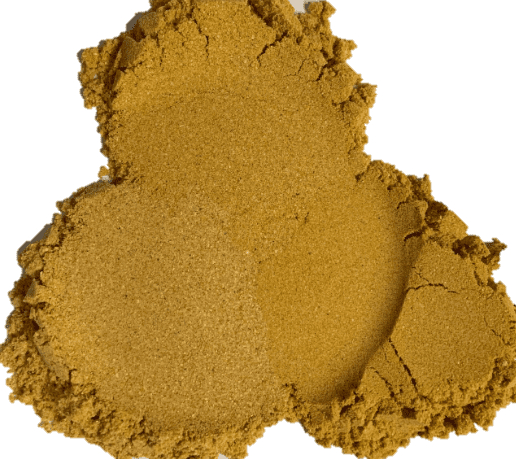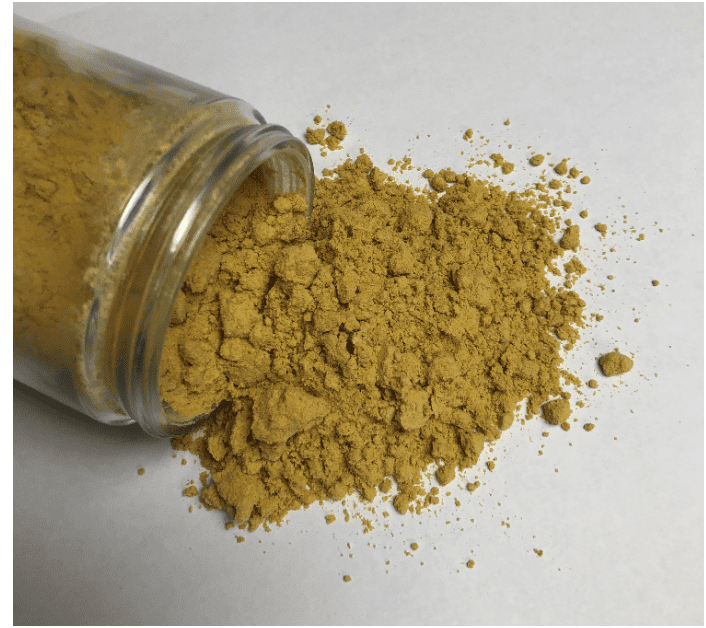Интихоб кунед ба забони тоҷикӣ:
ҲА Таҷҳизот & технология (STET) Гурӯҳи технологияи ҷудокунии бидуни об бидуни озмоиш озмоиши миқёси ғанисозии протеинро дар донаҳои дистилляторҳои хушк бо ҳалшаванда анҷом дод (DDGS), дар натиҷа як +15% афзоиши сафедаи мутлақи ғаллаи дистиллятсияҳо бо роҳи ҷудо кардани сафеда ва нах. Ин раванд истеҳсолкунандагони этанолро пешниҳод мекунад, ё корбарони компонентҳои ғизо, усули инқилобии тавлиди а 50% маҳсулоти муштараки протеини DDGS. The premium high-protein product can be used in monogastric feed applications at high substitution ratios and, Пас,, can be sold at a premium.
Принсипи кори ҷудосози STET ҷудошавии электростатикӣ мебошад. Electrostatics has a large number of real-world industrial applications. Шояд намунаи нисбатан мувофиқи зуҳуроти электростатикӣ таъсири молидани пуф ба мӯи одам аст. Ҳамчун пуфак, аз резин сохта шудааст, бо мӯи инсон тамос мегирад, пуфаки резинӣ электронҳоро аз мӯй дур мекунад. Сабаби ин аз сабаби баланд будани нерӯи барқ аст (i.e., наздикӣ ба электронҳо) аз резин. The result is the balloon is left with a net negative charge due to extra electrons, ва мӯи шумо заряди мусбат дорад.
Албатта, мисли айбҳо якдигарро дафъ мекунанд, your hair stands up on end to maximize the distance between other, positively charged strands of hair. Дар мавриди DDGS, протеин, and fiber acquire opposite electrical charges upon contact with each other – allowing them to be separated from each other in the high-strength electric field of the STET separator.
ҲА Таҷҳизот & Technology offers a method to differentiate ethanol-produced distillers grain by increasing the protein content and thus the value of the distillers grain as a feed ingredient. By processing with the STET separator, таркиби сафедаи DDGS то ба зиёд карда мешавад 15% absolute by removing fiber. The benefit of this process is that the protein-rich (50% протеин) DDGS is usable as a higher-value feed ingredient and can be sold at a premium.
STET ҷудокунии электростатикӣ process is completely dry, талаб нест, об ё кимиёвӣ. Ҷудосози STET пайваста амал мекунад, has a high rate (то ба 20 тонна дар як соат), ва энергия кам истеъмол мекунад (дар бораи 3-4 kWh / тонна маводи воридотӣ).

Манфиатҳои раванди STET барои такмили сафедаи DDGS:
Иртибот бо мо имрӯз барои фаҳмидани он, ки чӣ тавр STET метавонад даромаднокии раванди bioethanol шумо кӯмак!

Dried distillers grains (DDGs) are a co-product of the ethanol production process and are predominantly made from corn. DDGs are created after the fermentation process where the starches in the grain have been fermented and distilled to produce ethanol. The remaining product, which contains proteins, fibers, oils, and other nutrients, is dried to reduce moisture, making it safer for storage and shipping. DDGs are widely used in livestock feed, providing a cost-effective and nutrient-rich supplement to animal diets.
Wet Distillers Grains (WDGs) and Dried Distillers Grains differ primarily in their moisture content. WDGs have a higher moisture content and are often used locally due to their perishable nature and higher transportation costs. Баръакс, DDGs have been dried to decrease moisture, making them more stable for long-term storage and long-distance transport. The drying process offers more flexibility in their usage and extends their shelf life significantly.
While distillers grains are a valuable feed ingredient, there are some limitations to consider. Масалан, due to high fiber content, excessive inclusion in diets of monogastric animals (like pigs and poultry) can lead to digestive issues. Илова бар ин, their higher fat content can result in storage and handling challenges, such as becoming rancid if not managed properly. Nutrient balance is also crucial as high phosphorus levels in distillers grains can necessitate additional adjustments to the feed diet to prevent mineral imbalances in animals.
Distillers grains are not intended for human consumption in their traditional form. They are specifically designed as animal feed due to their nutrient profile, which may not align with human dietary requirements. Илова бар ин, the processing involved in ethanol production means DDGs contain residual elements that are not suitable for human consumption. Аммо, research is ongoing into extracting valuable nutrients from distillers grains that might be beneficial for human food products.
Distillers grains are rich in nutrients, particularly protein and fiber. They typically contain about 25-30% протеин, making them a highly efficient protein source for livestock. They also have significant levels of essential amino acids, vitamins, and minerals. The specific nutritional composition can vary depending on the grain source and processing methods used. This nutrient density makes them an excellent supplement to feed rations in livestock production, enhancing growth and productivity while offsetting traditional feed costs.